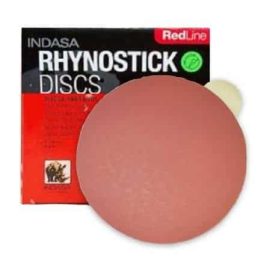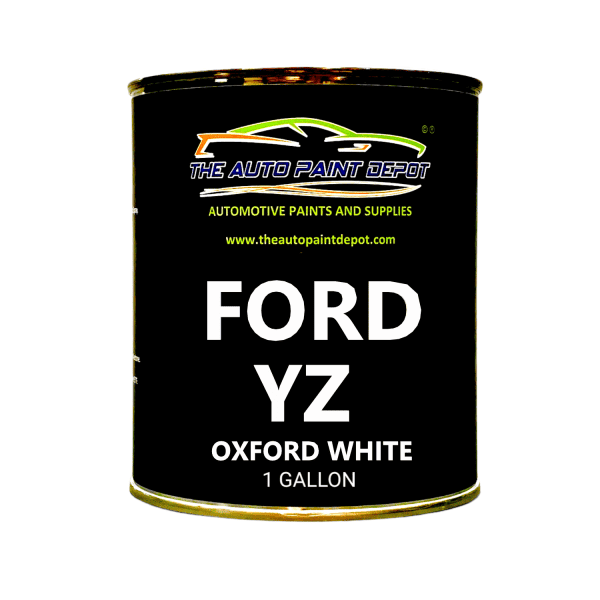Edit Content

Services
Auto Body Supplies
Specialty Paints
Helpful Links

Services
Auto Body Supplies
Specialty Paints
Helpful Links

A critical first step towards a successful DIY car painting project is surface preparation. Scrubbing your car clean of dust, dirt, grease, and road tar is essential. Use a specialized car wash soap and microfiber cloths to avoid inflicting scratches. After washing, dry the car thoroughly to prevent water spots.
If your car has minor scratches or chips, you’ll need to use a quality automotive primer to fill these in. Sanding is the next step; it creates a smooth surface and ensures the paint adheres better. Use a dual-action sander if possible to avoid creating uneven surfaces. Start with coarse-grit sandpaper to remove the existing finish, then move to finer grits to smooth out the surface. Always wear safety goggles and a dust mask during this process to protect yourself.
Choosing the right paint is vital for the look and longevity of your project. Acrylic enamel paint is a popular choice for DIY car paint jobs due to its durability and ease of application. Additionally, you’ll need to decide whether to go with a single-stage or two-stage paint system. Single-stage paint contains both pigment and gloss in one product, while two-stage paint requires a base coat for color, followed by a clear coat for gloss and protection.
You’ll apply the paint using a high-volume, low-pressure (HVLP) spray gun. This type of gun is favored by professionals because it offers a high degree of control and delivers a consistent spray pattern, ensuring a uniform finish.
Preparation is the first and most critical step in the car painting process. It involves cleaning the car thoroughly, removing or covering any parts not to be painted, and sanding the surfaces to be painted. This stage is crucial for ensuring that the paint adheres properly and provides a smooth finish.
The right tools and materials can make all the difference in your DIY painting project. From selecting the right type and color of paint, primer, and clear coat, to using the right sandpaper grit and paint sprayer, your choices significantly influence the outcome. Auto Paint Depot offers a wide selection of high-quality automotive paints and supplies to meet your needs.
Once the car is prepared and the materials are ready, it’s time to paint. Start by applying a primer layer, followed by the base coat, and then the clear coat. It’s essential to maintain a consistent distance and speed when spraying to avoid drips or uneven coverage. Between each stage, the car should be lightly sanded and cleaned to ensure smooth layering.
After painting, allow the car to cure in a dry, dust-free environment. Curing times can vary based on the paint used and the environmental conditions. Once fully cured, the surface can be polished to give it a high-gloss finish. Remember, patience is key in this final stage to prevent damage to your fresh paint job.
Painting your car is an ambitious yet rewarding DIY project. With proper technique, the right materials, and patience, you can achieve a paint job to be proud of. Trust Auto Paint Depot as your partner in this process, providing you with quality paints, supplies, and expert guidance to help you every step of the way.
https://theautopaintdepot.com/automotive-paint-supply/




CALIFORNIA PROPOSITION 65 WARNING: CANCER AND REPRODUCTIVE HARM
©2024 THE AUTO PAINT DEPOT, ALL RIGHTS RESERVED. | THEME & DESIGN BY: APPLE ORANGE MARKETING